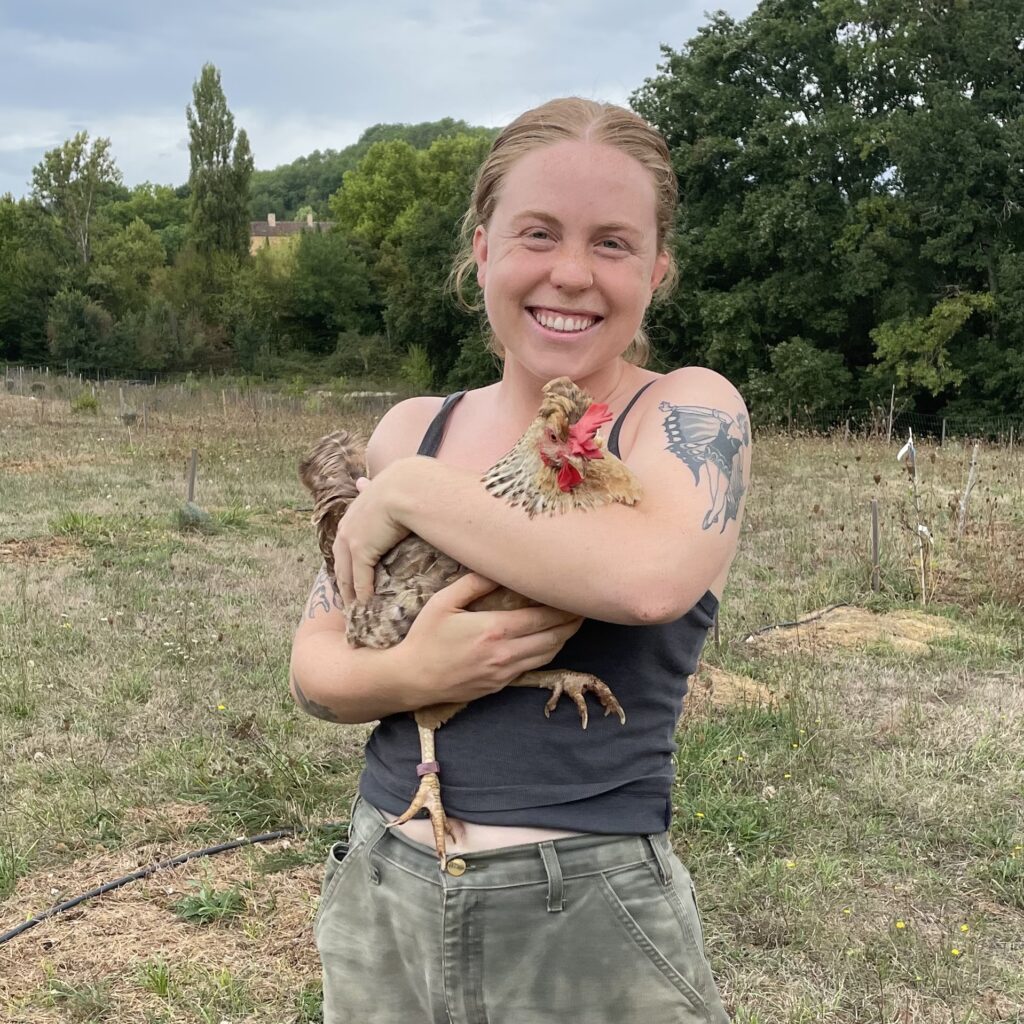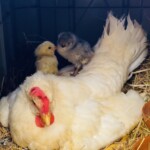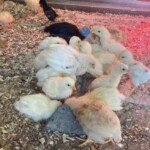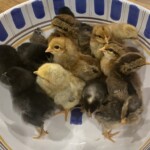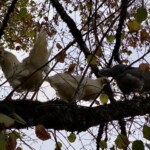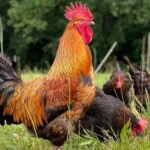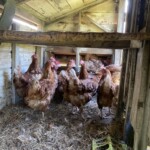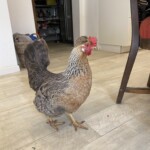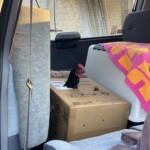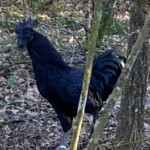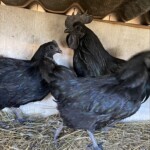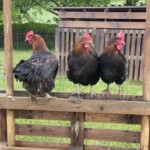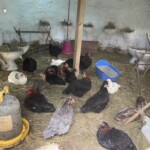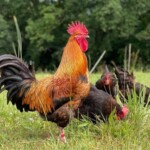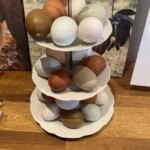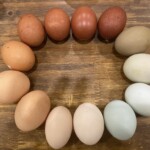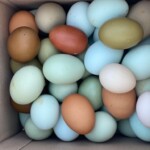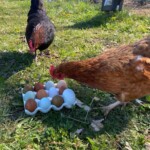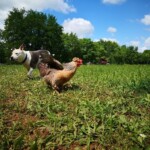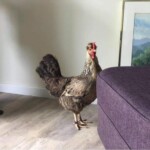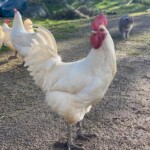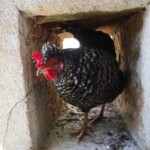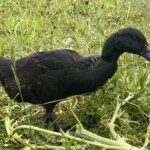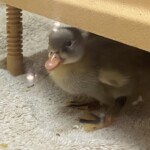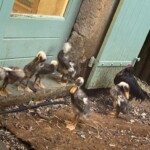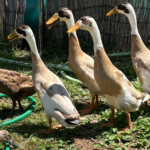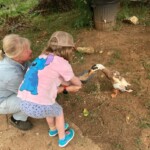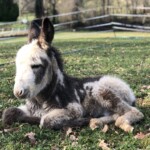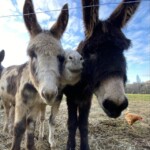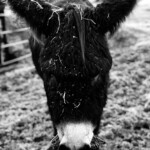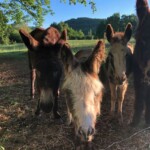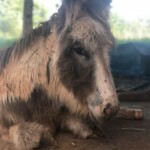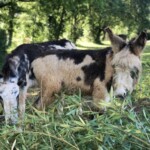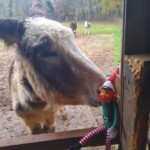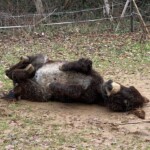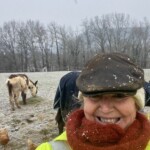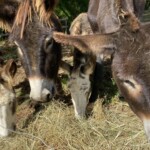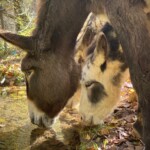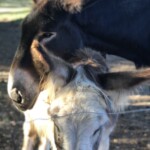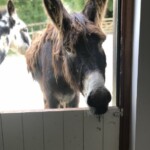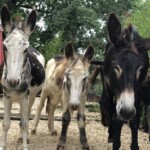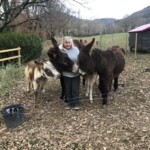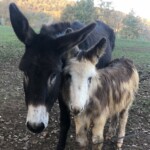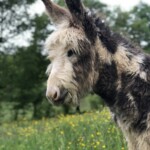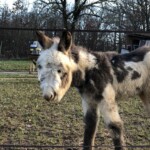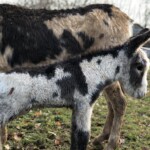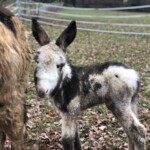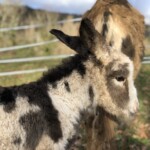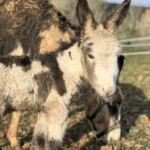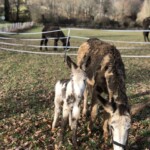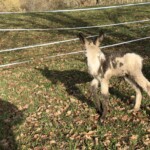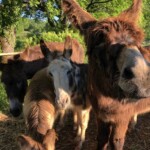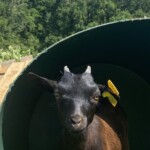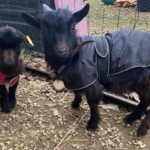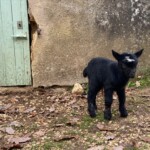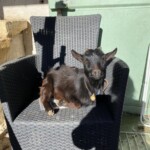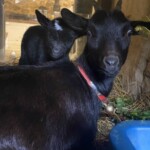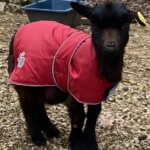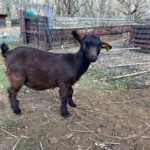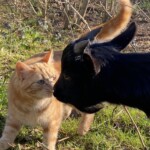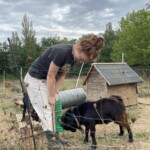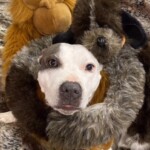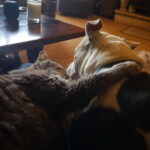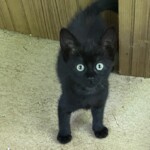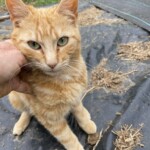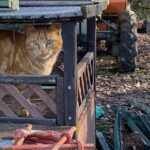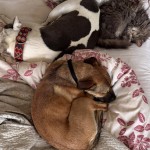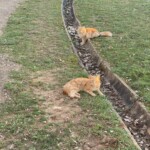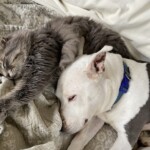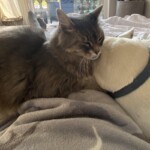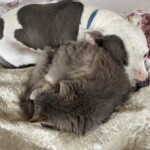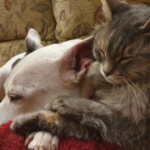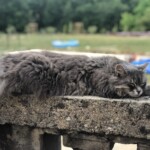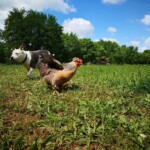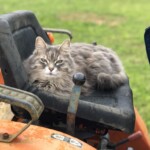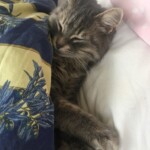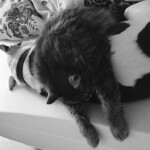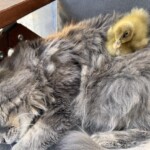
Our Amazing Animals
Chickens, Donkeys, Ducks & Other Animals
There are so many tales to tell you about our animals and their antics. They are all unique characters – some quirkier than others! We will tell you all about them later. But for now, here is a list and short description of each type and breed that currently help us out on the farm. Come and visit La Ferme du Bourdicou and you can meet all our animals in person. There are so many things to see and do here, we guarantee you won’t be bored!
Chickens
We have a wide variety of breeds, with different characteristics and personalities, as well as laying dozens of colourful eggs. See how many different breeds you can find in the following photos.
Bresse Grise
The Bresse Grise (grey Bresse) is a good layer and famous for its meat. It is one of the oldest French chicken breeds, originating from Burgundy, Franche-Comté and Rhône-Alpes (Bresse). This is a very hardy breed of chickens who continue to lay well even in the coldest winter.
Maran
The Maran is another classic French breed. Our Marans live with the rescued chickens and lay very dark brown eggs. They all have Maran cockerels and we can tell the eggs of each chicken breed by the colour of the egg shell.
Ayam Cemani
This is a rare breed of chicken. Originally from Indonesia, their bodies are black inside and out – even their eyes and internal organs are black! They are absolutely beautiful birds, but even though everything about them is black, they lay small white eggs.
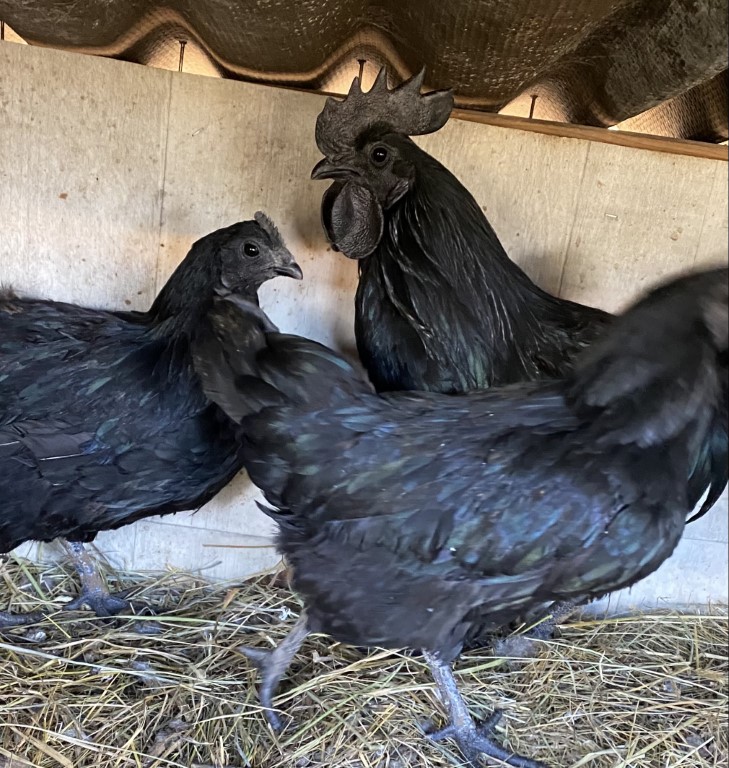
Cream Legbar
An English chicken, the cream legbar is a versatile and friendly breed that thrives in many backyard and barnyard settings. Our chickens are an interesting mix of black and shades of grey and tan and lay beautiful blue eggs.
‘Easter Eggers’
This is a melange of chickens that we breed for their different coloured eggs. They produce blue, green, olive, white, light brown, chocolate and cream coloured eggs.

The Little Ones
A very pretty mix of small chickens that were given to us. Although they are very sweet, they lay tiny eggs and have no purpose but to look pretty. However, with them is a Guinea fowl who acts as a security guard. If a bird of prey flies overhead she lets out a very loud noise and all the ducks and chickens run for cover. Absolutely brilliant.
Ducks
Indian Runner Ducks
This breed of ducks love to eat slugs and snails, which means they are perfect for anyone growing vegetables! They lay beautiful white and blue eggs, are very active and run standing upright – pooping as they run. So a great natural fertiliser for the soil.
Their short wings prevent them from flying away, and they simply roam the land and come back every night to go to bed. A few of the runner ducks live in the vegetable garden. And having the raised beds means that we can grow food around the ducks without them eating the plants. They love salad and would eat it all if they could get to it!
Cayuga Ducks
An American breed of duck which is pure black, but changes colour to green or purple when they are in the sun. We have these birds simply because they are so beautiful.
Donkeys
Our darling donkeys – Bonnie and Clyde – came to us from an animal refuge about three hours away. They are extremely popular with visitors and volunteers alike.
Bonnie and Clyde were badly treated when they were babies. As a result of this mistreatment Clyde is blind in one eye. They have always been together and Bonnie helped guide him when he was very sick and could not see.
Because of the way they were treated they can be extremely wary and nervous of people. However, Sky, their son, is playful and likes to be approached. Sometimes he will even let you get very close – with Mum Bonnie keeping a close eye on him.
Donkeys drink a lot of water and eat grass, tree leaves and hay. So they poop a lot and we collect it every day to use it to create good compost. Although it is not as rich in nitrogen as chicken compost, it can be used directly around plants to fertilise the soil.
Miniature Goats
Goats eat everything and they are very efficient at weeding and eating bramble. Although they arrived at the farm in July 2021, our two are still quite young, so we give them a bit of extra hay to help them grow big and strong. Highly intelligent and very affectionate, the goats are lovely. But sadly, just like the donkeys, they can be a bit stubborn!
Cats & Dogs
What can we say about the our cats and dog? Probably, not a lot… we think the photos will tell you everything you need to know.
Visit La Ferme du Bourdicou… there’s so much here for you to see and do!
